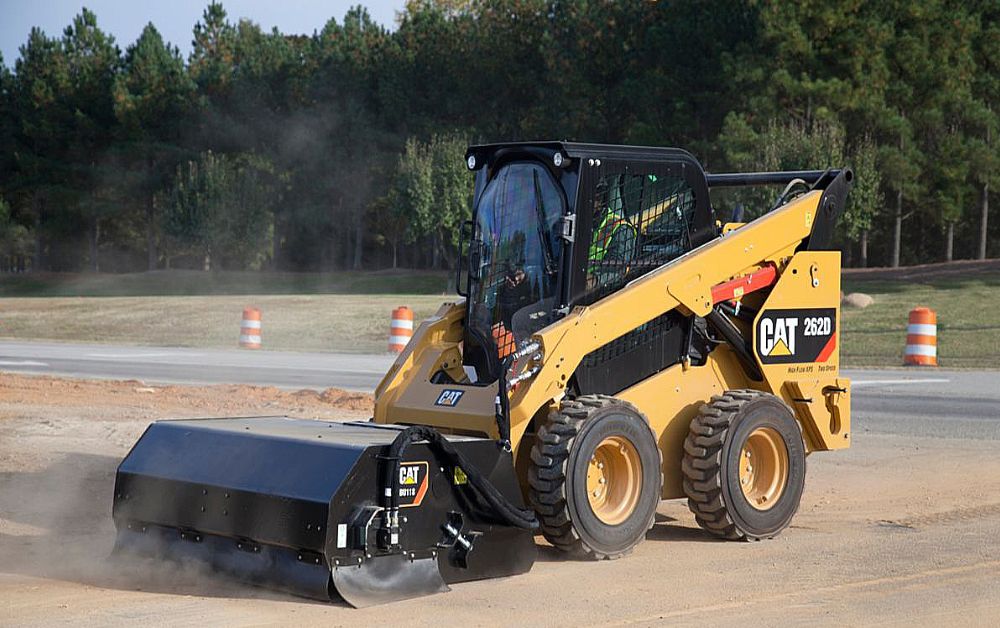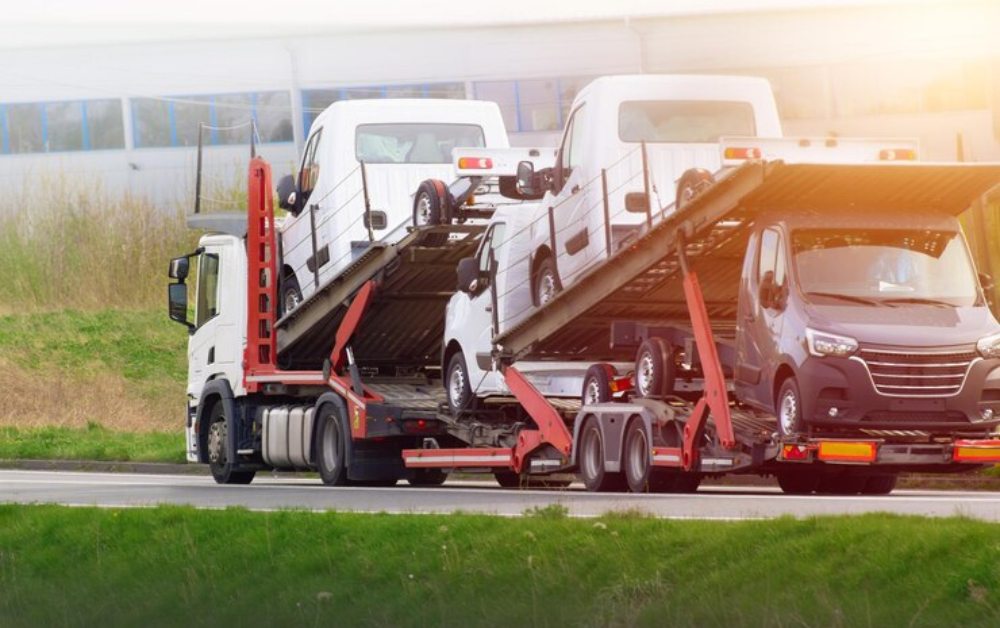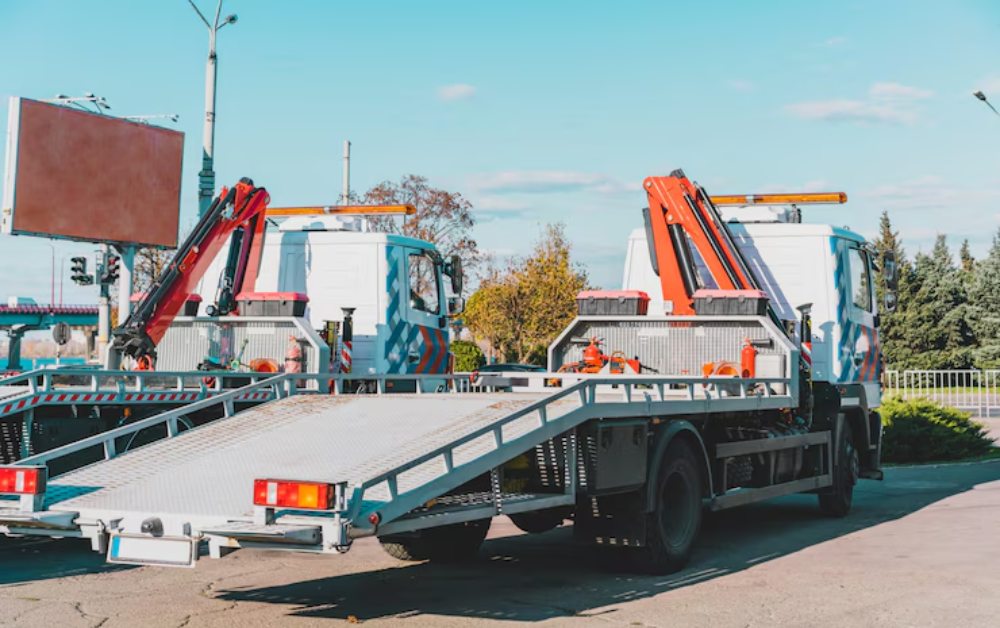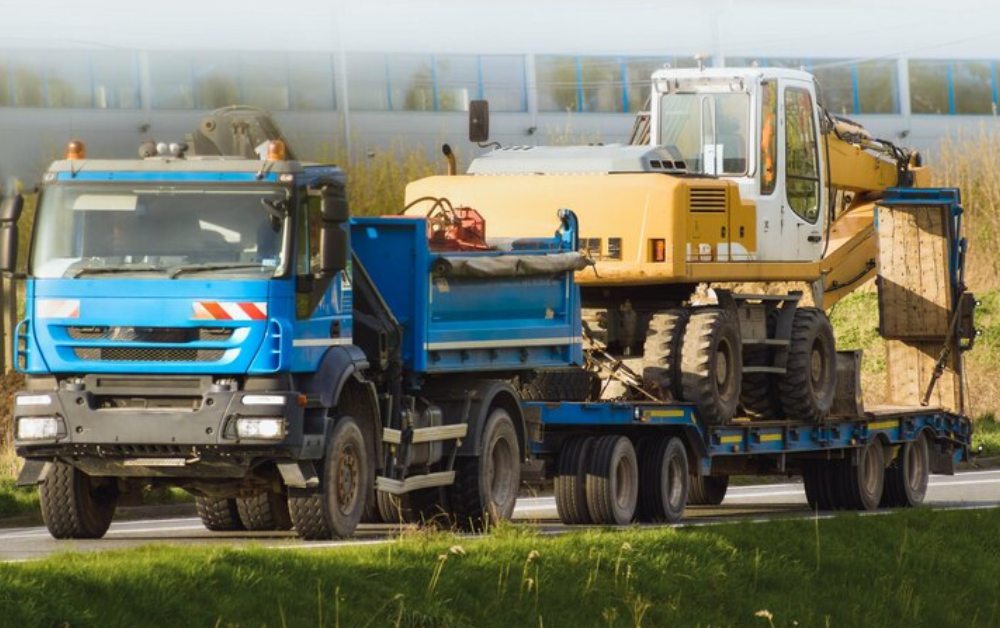In the world of vehicle recovery and roadside assistance, recovery trucks play a crucial role in maintaining safety and efficiency on the road. These specialized vehicles are responsible for towing broken-down or accident-damaged vehicles to repair facilities, ensuring traffic flow and minimizing road hazards. However, operating recovery trucks involves significant risks—not only for the driver but also for other road users. This makes it essential to follow strict safety protocols.
In this blog, we’ll cover the top safety protocols every operator, fleet manager, and business should follow when using recovery trucks.
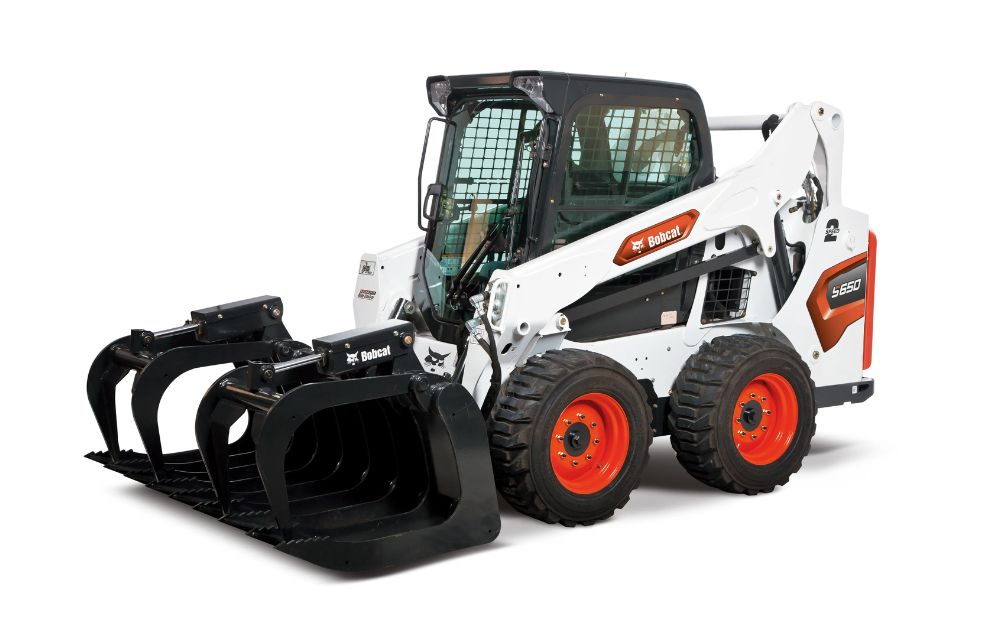
1. Pre-Operational Inspection
Before starting any recovery operation, a thorough pre-operational inspection of the recovery truck is mandatory. This includes checking:
- Brake systems
- Hydraulics and winches
- Lighting and reflectors
- Tires and wheel nuts
- Load-bearing components
Any defects should be reported and resolved before taking the truck on the road. A faulty truck can pose a danger not just to the operator, but also to other road users.
2. Proper Use of Personal Protective Equipment (PPE)
Operators of recovery trucks are often working in high-risk environments—on highways, during nighttime, or in extreme weather conditions. Wearing the right PPE can save lives. Essential gear includes:
- High-visibility clothing
- Safety boots
- Protective gloves
- Hard hats (where necessary)
- Eye protection
PPE ensures that the operator is visible and protected while working around heavy equipment or in high-traffic areas.
3. Training and Certification
No one should operate recovery trucks without proper training. Operators must understand not just how to drive the vehicle, but how to:
- Use winches and tow bars
- Secure loads correctly
- Handle hazardous or accident-affected vehicles
- Communicate effectively with emergency services or other road users
Certification and regular refresher courses are critical in ensuring that all personnel maintain their knowledge and stay up-to-date with the latest safety standards.
4. Securing the Scene
When arriving at an accident or breakdown location, the operator’s first responsibility is to make the area safe. This includes:
- Placing cones or warning triangles
- Activating flashing lights on the truck
- Positioning the recovery vehicle to shield the work zone
- Informing relevant authorities if traffic management is needed
This protocol helps prevent secondary accidents and keeps both the operator and the public safe.
5. Load Securement
Incorrectly securing a vehicle on a recovery truck can result in accidents, equipment damage, or even fatalities. Safety practices include:
- Using appropriate straps and chains
- Checking anchor points
- Double-checking that the vehicle is centered and balanced
- Ensuring that no loose items are left in or on the towed vehicle
Load securement isn’t just about safety—it’s also a legal requirement in many jurisdictions.
6. Awareness of Vehicle Limits
Recovery trucks come in different types and sizes. Whether it’s a flatbed, wheel-lift, or boom truck, the operator must be fully aware of:
- Weight limits
- Towing capacities
- Axle load distribution
- Winch pulling power
Overloading or exceeding the recommended limits can cause mechanical failure, road accidents, or infrastructure damage.
7. Weather and Road Conditions
Weather can significantly impact how recovery trucks are operated. Rain, snow, and fog reduce visibility and traction. Before dispatching a recovery vehicle:
- Check weather forecasts
- Equip trucks with appropriate gear (e.g., snow chains, fog lights)
- Give additional training for driving in adverse conditions
Extra caution should be taken during night recovery operations, as visibility and reaction times are compromised.
8. Clear Communication Protocols
Clear and consistent communication between the recovery team, dispatchers, and (if applicable) emergency responders ensures smooth operations. Use of:
- Two-way radios
- GPS tracking systems
- Mobile phones with hands-free kits
…can help coordinate better and ensure that everyone involved is informed of changes or hazards on the scene.
9. Emergency Procedures and Risk Assessment
Operators must be trained to assess risk quickly and implement emergency procedures. This includes:
- Knowing when to call in additional support
- Evacuating a site if a fire or hazardous material is present
- Providing first aid until medical help arrives
- Understanding when it’s unsafe to proceed with a recovery
Every operator should carry a risk assessment checklist and emergency contact numbers in the truck.
10. Vehicle Maintenance and Servicing
Regular maintenance of recovery trucks is one of the most important safety protocols. This ensures the reliability and performance of the equipment under demanding conditions. Scheduled servicing should include:
- Engine checks
- Brake systems
- Hydraulic lifts and winches
- Tire condition
- Electrical systems
A well-maintained recovery truck not only prevents breakdowns but also improves operator safety and roadworthiness.
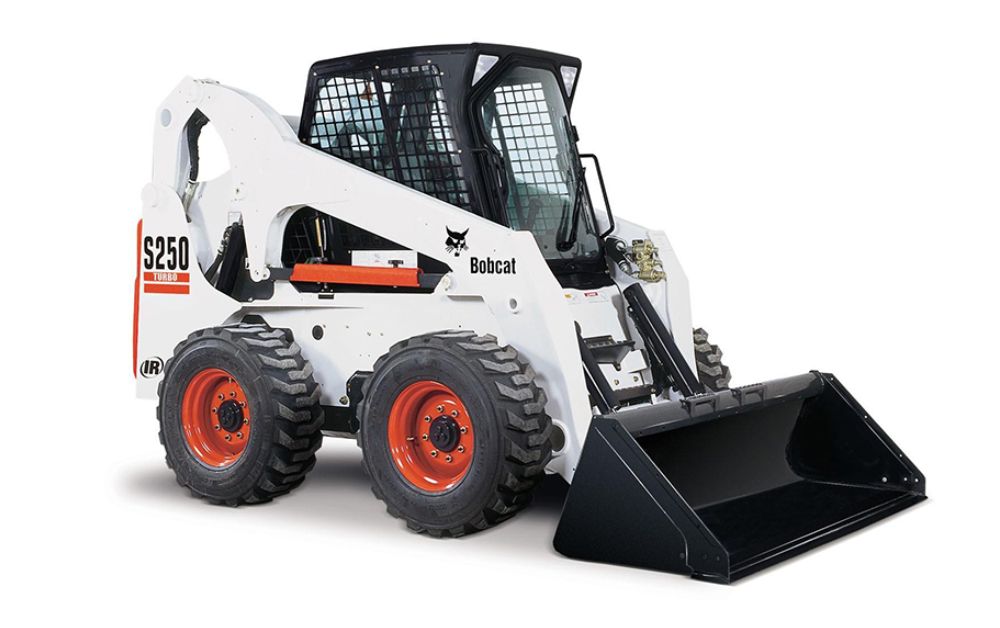
Conclusion: Trust WHITE FIELD GENERAL TRANSPORT for Safe and Professional Recovery
In a field where precision, safety, and speed matter the most, following the correct safety protocols is non-negotiable. Every step—from vehicle inspection to load securement—adds a layer of protection that can save lives and property.
Among the companies that prioritize these protocols with utmost professionalism, White Field General Transport stands out as a trusted name in the recovery industry. Known for their highly trained operators, state-of-the-art fleet, and unwavering commitment to safety, White Field General Transport ensures that every recovery operation is handled with care and compliance. Whether it’s a minor roadside issue or a complex highway recovery, they lead the way in delivering top-tier service with safety at the forefront.

